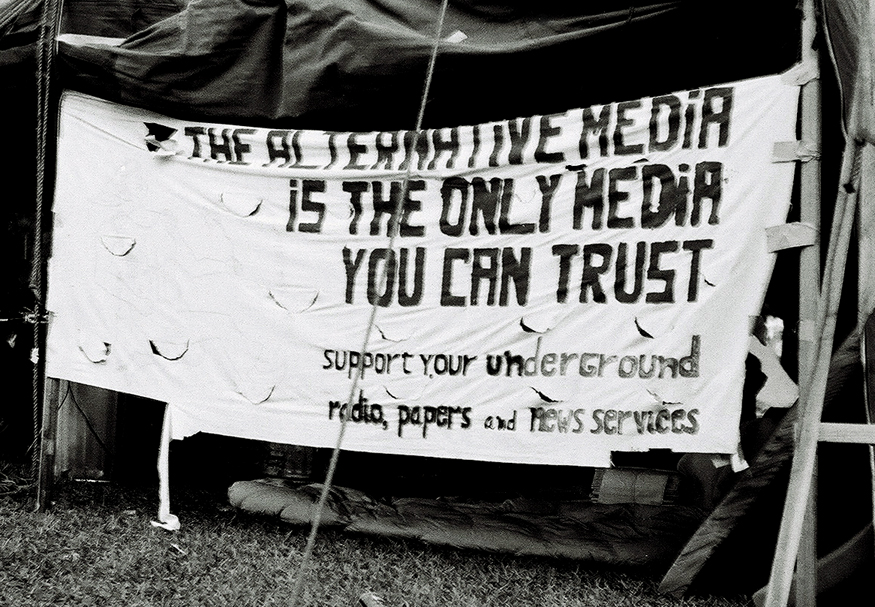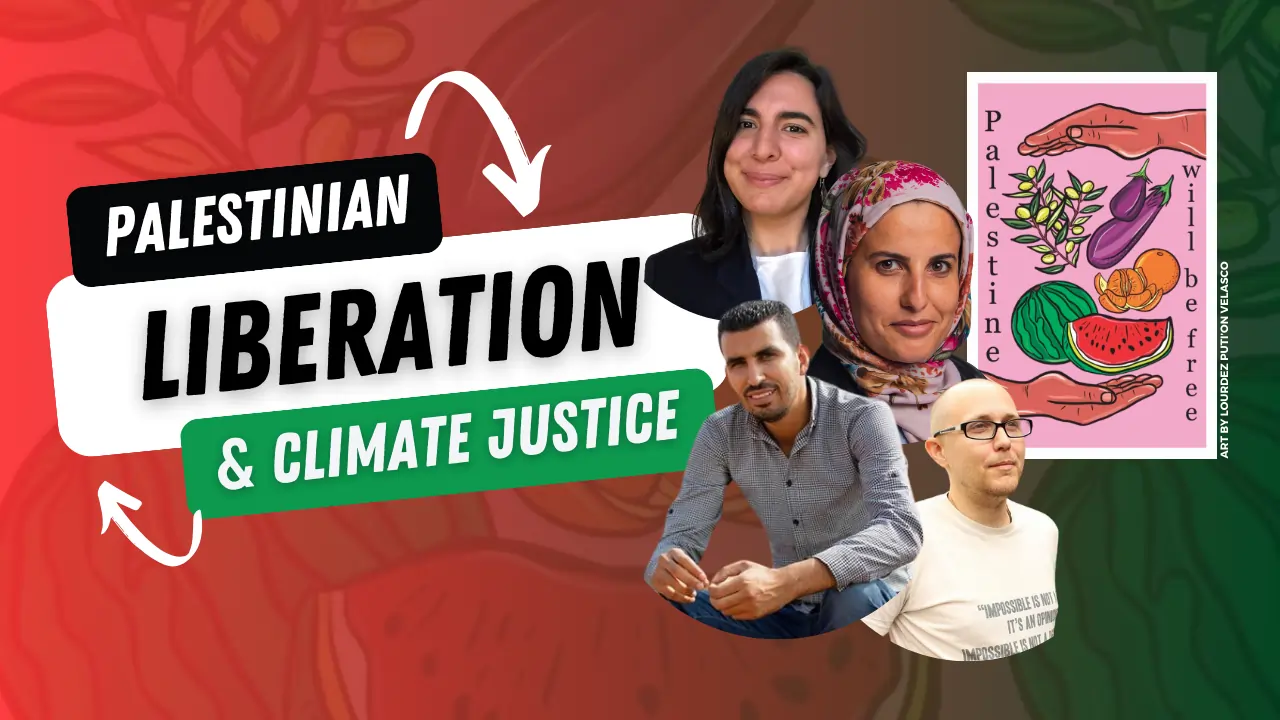How’s Your Carbon Karma??
Worried about your carbon footprint? Want to improve your “Carbon Karma”?
If you are the CEO of an earth destroying corporation, your Carbon Karma is disastrously bad and the only way for you to get good Carbon Karma is to cease your planet-destroying ways. As soon as possible, please.
But for the rest of us:
If you want good Carbon Karma, don’t invest in dicey “carbon offsets,” that have no proven value in fighting climate change. (Such as those promoted by companies like Sustainable Carbon Atmospheric Management *SCAM*)
Instead, improve your Carbon Karma by investing in organizations that are working hard to address the root causes of climate change and promote real, lasting solutions to this crisis.
Global Justice Ecology Project is one such organization, but there are many others. To support GJEP’s climate change program, click here. To view our list of links to other groups doing great work on the climate, see below.
Many people are becoming aware of their “carbon footprint,” their personal contribution to the global warming problem caused by their lifestyle choices. These choices include, for example, the size house one lives in (hence the amount of electricity and heat one uses), the amount of driving one does, the number of flights one takes in a given year, the amount of “stuff” one buys, and so on.
Following the lead of the UN Climate Convention, which promotes carbon offsets (the idea that companies can invest in carbon saving projects in developing countries rather than actually reducing their own carbon emissions), some opportunistic companies now offer similar “carbon offsets” for sale to anyone willing to pay to offset their carbon guilt.
Unfortunately, carbon offsets don’t work and will not improve your Carbon Karma.
What’s wrong with the carbon offsets?
First, there is no credible scientific evidence that “offsetting” carbon emissions (by planting trees, etc.) actually does anything to alleviate climate change. Trees, for example, do store carbon as they grow, but only temporarily since they will one day die and decompose, re-releasing that carbon. The carbon emitted from the burning of fossil fuels, on the other hand, is permanent.
The other problem with paying a company to plant trees is that not all tree planting is equal. First one must know what species are being planting and where, and whether it is truly a reforestation effort (restoring a native forest), or developing a plantation of invasive non-native trees, planted in rows, that will one day be logged.
In many cases, industrial tree plantations are being developed where native forest once stood, which actually has a destructive impact on the climate since forests store up to four times the carbon of tree plantations. Such plantations also have negative impacts on wildlife, biodiversity and local communities as well as depleting fresh water and soils. Plantations are also quite notorious for catching fire, which rapidly re-releases their carbon into the atmosphere.
The second problem with the offset model is the fact that it leads us to believe that we can continue our current unsustainable lifestyle as long as we purchase carbon offsets. In reality, those of us living under the dominant culture need to learn new ways to live on this planet that allow us to reduce our carbon footprint by 90% or more, if we are to successfully address climate change. For a detailed examination of the carbon offset problem, please see The Shady World of Carbon Laundering .
So what can we do to improve our Carbon Karma?
1) Support an organization or group doing work to address the root causes of climate change. Volunteer for them, financially support them, spread their information to your family or friends, bring a speaker to your school, etc. Help them take action against the world’s corporate climate criminals and hold them accountable for their climate crimes.
2) Consume less “stuff” of all sorts, not just fossil fuels, but clothes, furniture and other personal and household items. Every item you buy has a carbon footprint, which may be quite large if the product was imported from half way around the world or was created using wood obtained through the destruction of a forest. For a good primer on the climate impacts of buying “stuff” check out The Story of Stuff. If you must buy stuff, buy used stuff (which will save you money as well!).
3) Support your local food producers, farmers markets, independent grocers, etc., and avoid buying food from far away, especially pre-packaged foods that likely traveled thousands of miles by the time they reach the supermarket and were made using carbon-intensive industrial agricultural practices (and are often chock full of genetically modified ingredients).
4) Ride your bike, sell your car, walk more, take public transportation.
5) Most importantly, begin the intensive process of learning how to live in a truly sustainable manner that will benefit you and your family as well as all life on this beautiful blue-green planet. Remember that when Cuba had to restructure daily life because of the loss of access to oil after the fall of the Soviet Union, it meant a return to organic farming practices and a healthier lifestyle, with the average Cuban losing 30 pounds.
It can be done; all it requires is a commitment toward improving your Carbon Karma.
To support GJEP’s climate change program, click here. It’s the first step toward good Carbon Karma!
* SCAM is not a real company, just an example that emerged from our imagination�
Links to other groups doing important work to stop climate change:
Indigenous Environmental Network
Environmental Justice and Climate Change Initiative
Polar bear issues warning at end of march during the European Social Forum in Malmo, Sweden, September 2008. Photo: Langelle/GJEP-GFC




